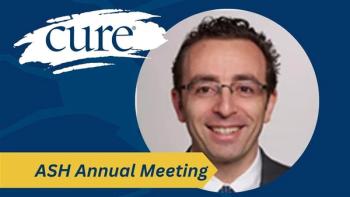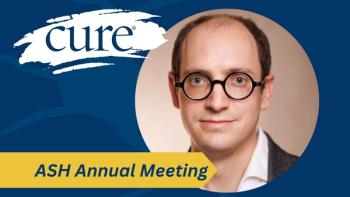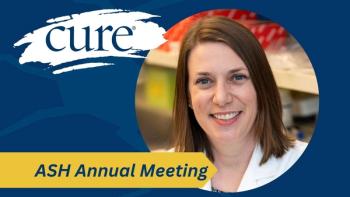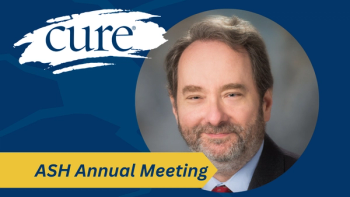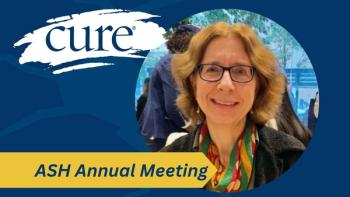
More CAR-T Cell Therapies Will ‘Ease Out the Shortage’
CAR-T cell therapies have not always been easy to access for patients with myeloma, though that is slowly changing, an expert explained.
Since CAR-T cell therapies have been approved for the treatment of patients with multiple myeloma, they have been notoriously difficult to access. However, Dr. Nikhil C. Munshi, a medical oncologist at the Dana-Farber Cancer Institute in Boston, said he is optimistic that this is changing.
CAR-T cell therapy requires taking a patient’s blood, engineering it to fight cancer and then infusing it back into the body — a process that must be individualized for each patient, and therefore can be difficult to accomplish for a large group of individuals with the disease. However, now that there are two CAR-T cell products used to treat myeloma — Abecma (idecabtagene vicleucel) and Carvykti (ciltacabtagene autoleucel) — Munshi said that this will hopefully increase the supply chain for these drugs.
Additionally, more CAR-T cell therapies are being developed for the treatment of patients with myeloma. Earlier in 2023, the Food and Drug Administration green lit a phase 1b/2
READ MORE:
“Hopefully there are many more to come, which will ease out the shortage,” he said in an interview at the 2023 European Hematologic Association Congress.
Transcript
Access has been the problem. Each of us, with our (cancer treatment) centers (being) big and major centers, there are only few patients we could read in a month. What is beginning to change is that I think the companies have very likely expanded production facility etc. There's a great emphasis (on the fact that) with the need comes the supply, and so there is increased.
So now we are beginning to get more (available) slots (for CAR-T cell therapy treatment and) less waiting time. We used to have 100 patients on waiting list and now that list is much smaller. We can provide patients (and) we can even (get them treated) very quickly. And so I think both of that together. There are two CAR-T cell therapies available now. So that's a plus and I hopefully there are many more coming which will ease out the shortage.
For more news on cancer updates, research and education, don’t forget to

